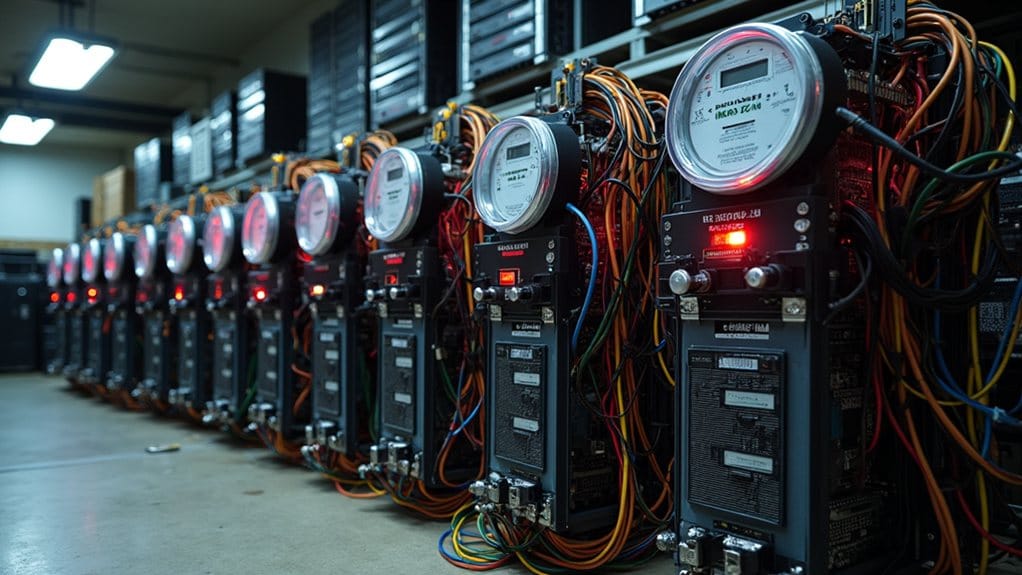A massive utilized position on Ethereum, valued at approximately $340 million, sent shockwaves through the decentralized finance ecosystem when it triggered a substantial $4 million loss for Hyperliquid’s Liquidity Provider vault. The incident involved a trader identified only by their wallet address, 0xf3f4, who initially deposited $4.3 million USDC as margin for a 50x borrowed position, demonstrating the inherent volatility risks in high-borrowed cryptocurrency trading. The trader had withdrawn 17.09 million USDC after partially closing the position before the liquidation event occurred.
The significant loss prompted Hyperliquid to implement immediate risk mitigation measures, reducing maximum borrowing limits across major cryptocurrencies to prevent similar incidents. Specifically, Bitcoin borrowing caps were lowered to 40x while Ethereum positions now face more conservative 25x limits, with these adjustments aimed at boosting maintenance margin requirements for large-scale trading positions within the platform’s ecosystem. Starting March 15, traders will need to maintain 20% minimum collateral on certain positions to prevent future incidents.
Leveraged markets evolve through pain—Hyperliquid’s swift 40x BTC and 25x ETH borrowing cap adjustments reflect DeFi’s ongoing maturity.
Market reaction to the incident evolved from initial concern to opportunistic investing, as HYPE, Hyperliquid’s native token, experienced a remarkable 16% surge following a brief downturn. This price action illustrates the crypto market’s resilience and tendency to view temporary setbacks as strategic entry points for speculative positions, which numerous analysts interpreted as underlying confidence in Hyperliquid’s long-term operational viability. Former private equity professionals have contributed significantly to developing quantitative strategies that help anticipate and manage such market volatility in DeFi platforms.
Industry figures offered varied perspectives on the incident, with Bybit CEO Ben Zhou emphasizing the dangers associated with excessive borrowing, while DeFi commentator Aylo reframed the event as a valuable stress test for the platform’s infrastructure.
Three Sigma aptly described the situation as a “brutal game of liquidity mechanics,” highlighting the technical complexities involved in maintaining stability during extreme market movements.
Despite this $4 million setback, Hyperliquid’s HLP vaults maintain a consistently positive performance history, having generated approximately $60 million in net profits. The incident, while notable, represents a relatively manageable loss within the broader context of Hyperliquid’s operational scale, and has catalyzed significant conversations about risk management tools, dynamic exposure limits, and improved surveillance mechanisms across decentralized finance platforms.









